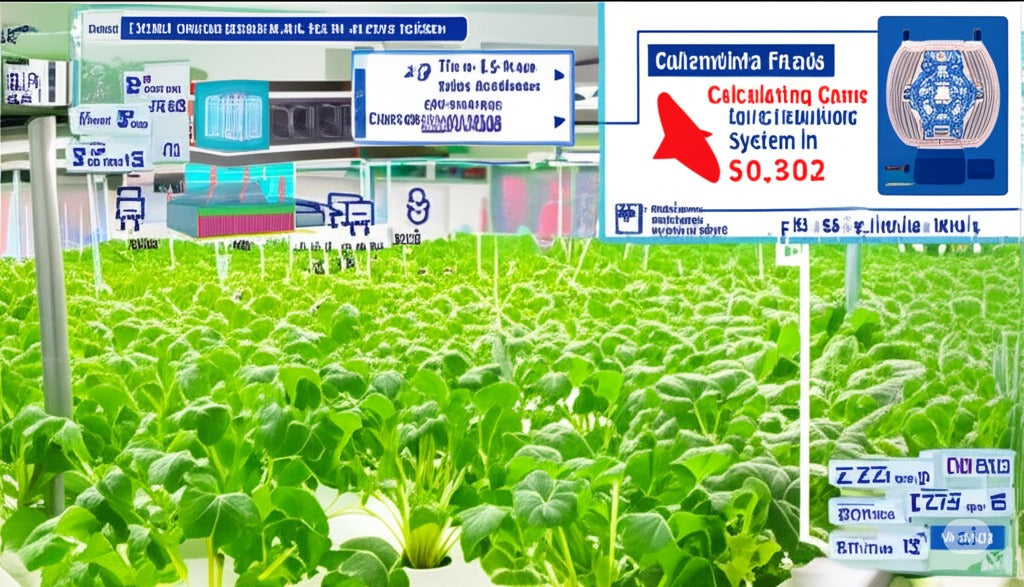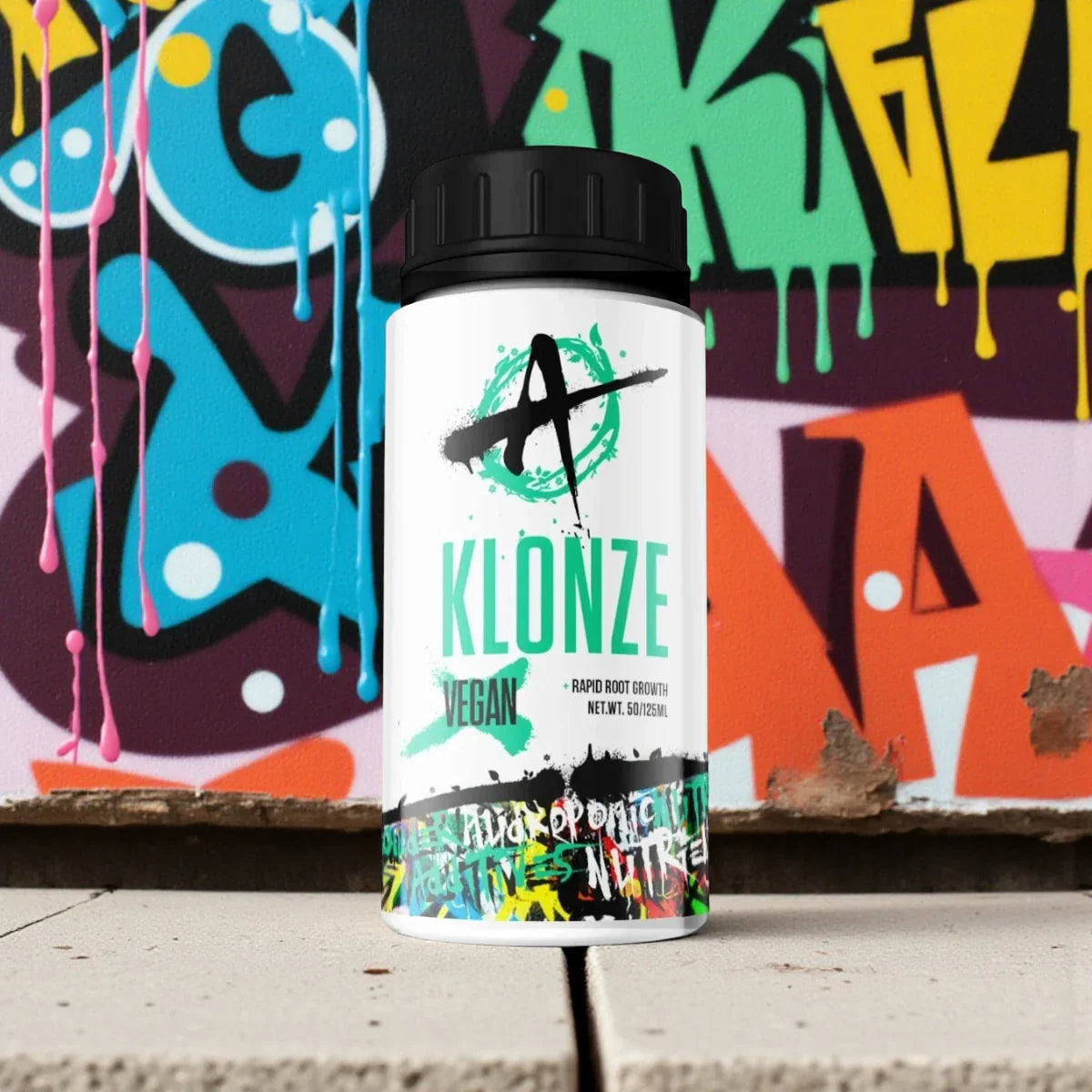Winter in Australia, while not as harsh as many parts of the world, still brings significant changes in temperature and natural light. For indoor growers, especially with hydroponic systems, ensuring an optimal environment for your plants often means using supplemental equipment like grow lights and heating systems. This, in turn, means you need to budget for and manage energy costs smartly.
This article from TGHydroponics.com.au will help you understand how to estimate the potential energy costs for your indoor grow system this winter in Australia, enabling you to make informed decisions that both nurture your plants and save you money.
Key Energy-Consuming Factors in Winter
During winter, your indoor grow system's energy consumption will primarily come from these devices:
- Grow Lights: These are often the largest electricity consumers, especially when you need to compensate for the scant natural light during shorter winter days. The wattage of your lights and their daily run time are the two most crucial factors to consider.
- Heating Systems: To maintain ideal temperatures for your plants, you might need air heaters, heat mats for propagation trays, or even heaters for your nutrient solution. The wattage and operating hours of these devices will significantly impact your power bill.
- Ventilation and Circulation Fans: While consuming less energy than lights and heaters, these fans operate continuously to ensure proper airflow, prevent mold, and supply CO2 to your plants. Their combined energy consumption also needs to be factored in.
- Hydroponic Pumps: Pumps circulate the nutrient solution throughout your system. Their wattage and daily operating hours also contribute to the overall energy cost.
- Other Supporting Equipment: Humidifiers or dehumidifiers (if needed for humidity control) and automated measuring devices can also draw a small amount of power.
How to Estimate Your Energy Costs
To estimate the energy cost for your indoor grow system this winter, you can follow these steps for each piece of equipment:
Step 1: Identify Device Wattage:
- Find the wattage (W) listed on the label or in the user manual for each device (lights, heaters, fans, pumps, etc.).
Step 2: Estimate Daily Operating Hours:
- Determine the number of hours per day you expect to use each device. For example, lights might run 12-18 hours/day, heaters could run continuously or cyclically depending on ambient temperatures, fans usually run 24/7, and pumps may run cyclically.
Step 3: Calculate Daily Electricity Consumption (kWh):
- Formula: (Wattage (W) x Operating Hours (hours)) / 1000 = Electricity Consumption (kWh)
- Example: A 200W LED grow light running 16 hours/day will consume: (200W x 16 hours) / 1000 = 3.2 kWh/day.
Step 4: Calculate Monthly Electricity Consumption (kWh):
- Multiply the daily electricity consumption for each device by the number of days in the month (typically 30 or 31).
- Example (continued): The LED light above would consume 3.2 kWh/day x 30 days = 96 kWh/month.
Step 5: Determine Your Current Electricity Rate:
- Refer to your recent electricity bill to find the cost per kWh (cents/kWh or AUD/kWh). Electricity rates can vary depending on your provider and the plan you're on. Pay attention to any fixed charges as well.
Step 6: Calculate Monthly Energy Cost (AUD):
- Formula: Monthly Electricity Consumption (kWh) x Electricity Rate per kWh = Monthly Energy Cost (AUD)
- Example (continued, assuming an electricity rate of $0.30 AUD/kWh): 96 kWh x $0.30/kWh = $28.80 AUD/month for this LED light alone.
Step 7: Calculate Total Energy Cost:
- Add up the monthly energy costs of all devices in your grow system to get an estimated total energy cost for the winter.
Tips for Saving Energy in Your Australian Winter Grow System
Once you have an estimate of your energy costs, you can implement some of the following tips to help reduce your power bill:
- Choose Efficient LED Lights: LED grow lights consume significantly less energy than traditional options like HIDs (High-Intensity Discharge). Investing in high-quality LEDs with an appropriate spectrum will provide better light efficiency at a lower electricity cost.
- Optimize Lighting Schedules: Research the light requirements of your specific plants and set up a precise lighting schedule. Use a timer to ensure lights operate only when needed, avoiding wasted electricity.
- Use Smart Heating Systems: Instead of heating the entire space, consider localized heating solutions like heat mats for propagation trays or small heaters with thermostats to maintain necessary temperatures only in the growing area.
- Improve Insulation: Ensure your grow room or area is well-insulated to retain heat and reduce the demand on heating systems.
- Utilize Daytime Light (if possible): If you have windows that receive natural light, make the most of sunny days to reduce the need for artificial lighting.
- Select Energy-Efficient Equipment: When purchasing equipment like fans and pumps, look for products with energy efficiency ratings.
- Monitor and Adjust: Regularly monitor the temperature and humidity in your grow room to ensure heating and ventilation equipment aren't running more than necessary.

Conclusion
Calculating energy costs for your indoor grow system this winter in Australia is a vital step toward effectively managing your cultivation operation. By understanding the factors that consume energy, performing these estimates, and implementing energy-saving tips, you can ensure your plants thrive through the winter while keeping your electricity bill manageable.
Visit TGHydroponics.com.au to explore our range of energy-efficient LED grow lights, temperature control systems, and other supporting equipment to help you optimize your indoor grow system this winter!




